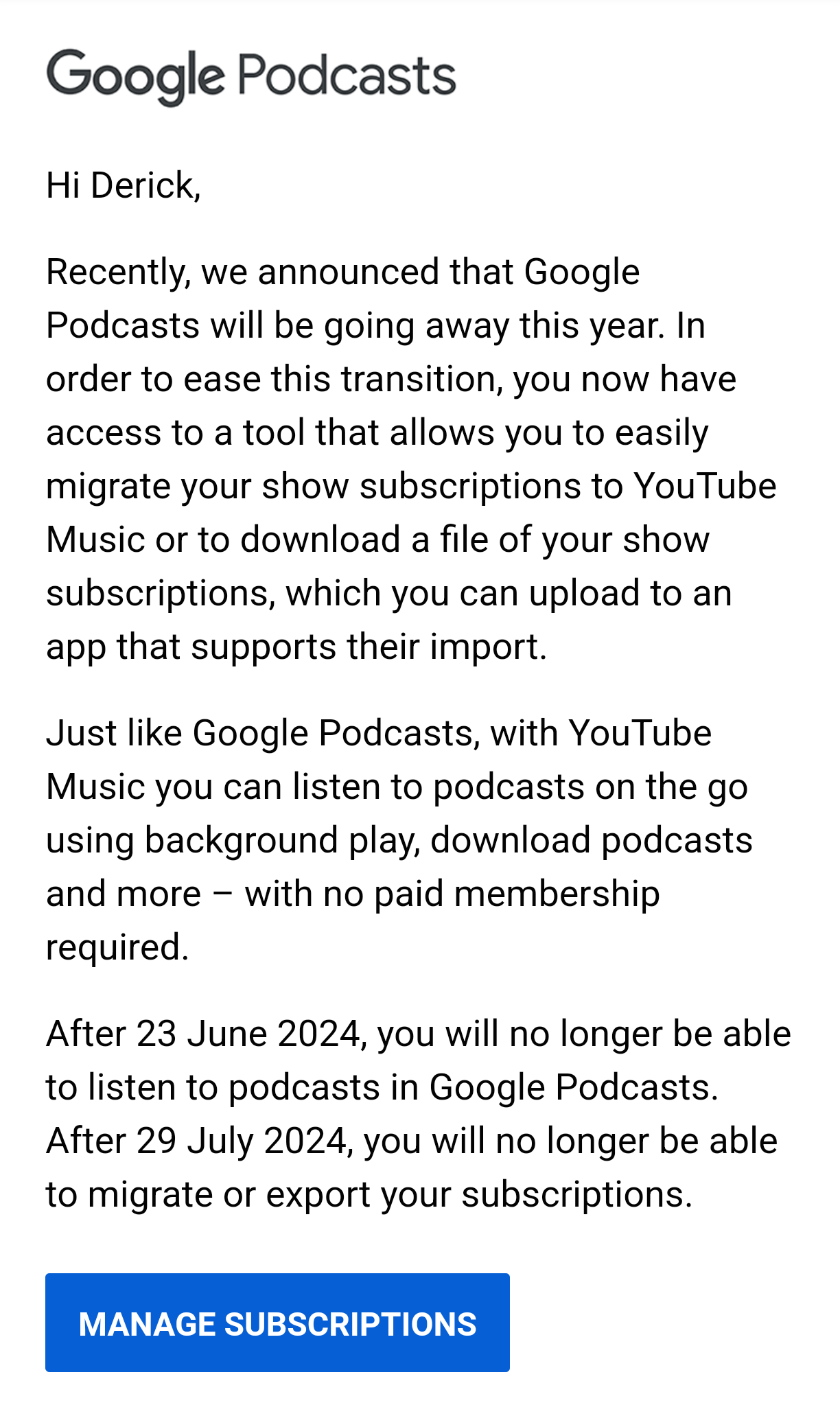Concealing Cacophony
Over the last few weeks I have been publishing a series of videos on writing PHP extensions.
I record these videos through OBS, and then slice and dice them with Kdenlive. This editing is necessary to make up for my mistakes, shorten the time we wait for things to compile, and to remove the noise of me hammering away on my keyboard.
Editing takes a lot of time, and I still wasn't always pleased with the result as there was still a fair amount of noise while I am talking.
For the PHP Internals News podcast, I used a set of noise cancellation filters, which worked wonders. But it turns out that Kdenlive does not come with one built in.
I had a look around on the Internet, and learned that there is a LADSPA Noise Suppressor for Voice plugin. LADSPA is an open API for audio filters and audio signal processing effects. LADSPA plugins can be used with Kdenlive.
Some Linux distributions have a package for this LADSPA Noise Suppressor for Voice, but my Debian distribution bookworm does not.
I found instructions that explain how to build the plugin from source. These instructions worked after some tweaks. I ended up creating the following script:
#!/bin/bash sudo apt install cmake ninja-build pkg-config libfreetype-dev libx11-dev libxrandr-dev libxcursor-dev git clone https://github.com/werman/noise-suppression-for-voice /tmp/noise cd /tmp/noise cmake -Bbuild-x64 -H. -GNinja -DCMAKE_BUILD_TYPE=Release sudo ninja -C build-x64 install
After running this script, and restarting Kdenlive, I found the installed plugin when I searched for it.
With the plugin loaded, I now have much clearer sound, and I also don't have to edit the sections where I am typing, as the plugin automatically handles this.
I will still have to edit out my mistakes.
I then also had a look at how it worked. It turns out that this plugin uses neural networks to cancel the noise.
In the background, it uses the RNNoise library which implements an algorithm by Jean-Marc Valin, as outlined in this paper. There is an easier to read version of how the algorithm works on his website.
The data to train the model is also freely available, and uses resources from the OpenSLR project. Noise data is also available there. From what I can tell, all this data was contributed under reasonable conditions, and not scraped from the internet without consent. That is important to me.
Hopefully, from the third video in the series, you will find the sound quality much better.











Comments
No comments yet
Add Comment